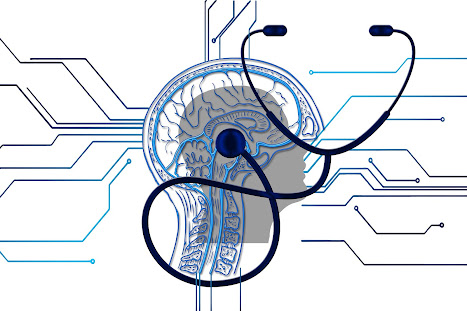Anaplastic Astrocytoma Treatment Market: Need, Size, Growth And Market Analysis
Anaplastic Astrocytoma:
Anaplastic astrocytoma is a malignant brain tumor that is extremely rare. Astrocytoma are tumors that grow from astrocytes, which are star-shaped brain cells. Based on the pace of cell reproduction and their potential to spread over neighboring tissues, the disease has been classified into four groups: Grade I, Grade II, Grade III, and Grade IV.
Low-grade astrocytomas are non-malignant astrocytomas of grades I and II. Grade III and Grade IV astrocytomas, on the other hand, are cancerous and are referred to as high-grade astrocytomas. Lower-grade astrocytomas may progress to higher-grade astrocytomas over time. Anaplastic astrocytomas are another name for Grade III astrocytomas.
Market Insights:
The global anaplastic astrocytoma treatment market is predicted to increase due to an increasing number of medication candidates in the pipeline that may get regulatory approval throughout the forecast period. The only medicine approved by the US FDA for Anaplastic Astrocytoma is temozolomide (Temodar).
Temodar is an alkylating agent that has been approved for both newly diagnosed and refractory anaplastic astrocytoma patients who have seen their disease develop after taking nitrosourea and procarbazine-containing drugs. However, there are a number of treatments in development to treat anaplastic astrocytoma.
Regional Insights:
The anaplastic astrocytoma treatment market may be divided based on many factors such as geographic geography and the types of medications recommended for treatment. This market may be divided into four regions: North America, Europe, Asia-Pacific, and the Rest of the World. North America has the biggest contribution in terms of value because of the vast number of people who are within reach of treatment, high awareness, and superior reimbursement policies.
Because of increased awareness of rare disorders such as anaplastic astrocytoma and the existence of top clinical-stage firms in the region, North America is likely to account for a significant share of the worldwide anaplastic astrocytoma treatment market.
Various established pharmaceutical and biotechnology businesses currently serve this market with a diverse variety of goods such as statins and other anti-cholesterol medications. Leading contributors include Amgen Inc., Pfizer, Novartis, Peregrine Pharmaceuticals, Inc., and EirGen Pharma Ltd.
The global incidence rate for anaplastic astrocytomas is 3.5 per million per year, according to a paper published in the Oxford Journals of Neuro-Oncology in 2013. This information reveals a high prevalence rate and, as a result, the disease burden on society.
This information reveals a high prevalence rate and, as a result, the disease burden on society. As a result of the above facts and figures, there is a great need for anaplastic astrocytomas treatment all over the world. As a result, the anaplastic astrocytomas treatment market for this condition may continue to expand in the coming years.




Comments
Post a Comment